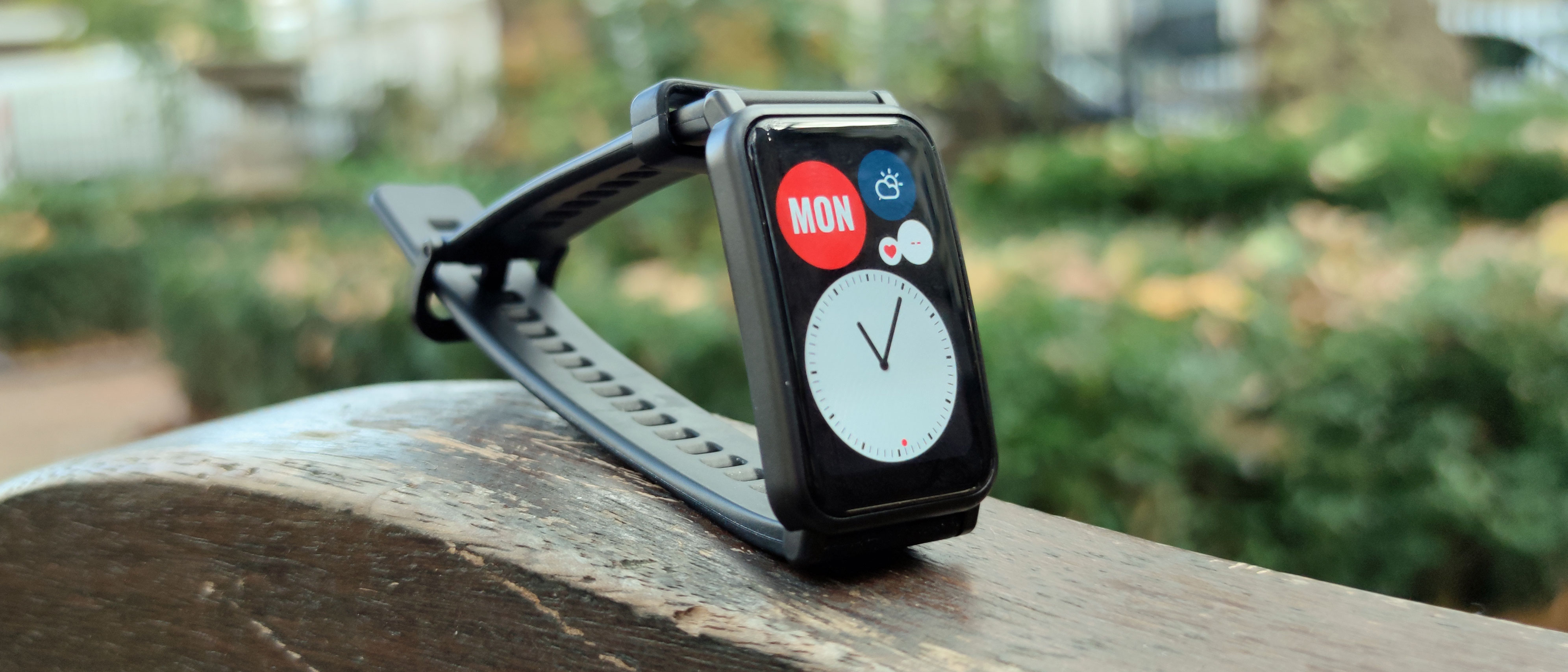TechRadar Verdict
The Honor Watch ES is a great fitness tracker, with plenty of health metrics tracked, from heart rate and sleep to stress, while when you’re working out a huge number of factors are monitored, providing you with detailed feedback. The new Fitness course mode is also great for people wanting to improve their strength or fitness with guided exercises. The watch isn’t as great for non-exercise tasks like notification handling, and it’s not the best-looking wearable out there, but its low price might help you overlook those shortcomings.
Pros
- +
Fitness courses work well
- +
Lightweight design
- +
Inexpensive
Cons
- -
Utilitarian looks
- -
Limited notification functions
- -
Needs repeated re-pairing with phone
Why you can trust TechRadar
Two-minute review
Is the Honor Watch ES a smartwatch or a fitness tracker? Well, it’s both actually, as it seems to straddle the line between the company’s Honor Band line of exercise-centric trackers, and its Honor Magic Watch range of smartwatches, in terms of both price and design.
This wearable also bears a lot in common with the Huawei Watch Fit, which launched just days after it. Huawei is Honor’s parent company, and wearables from the companies always have a lot in common, but even so there are remarkably few differences between the Watch Fit and the Watch ES – the former has a single extra exercise mode, built-in GPS and a higher price, but that’s it.
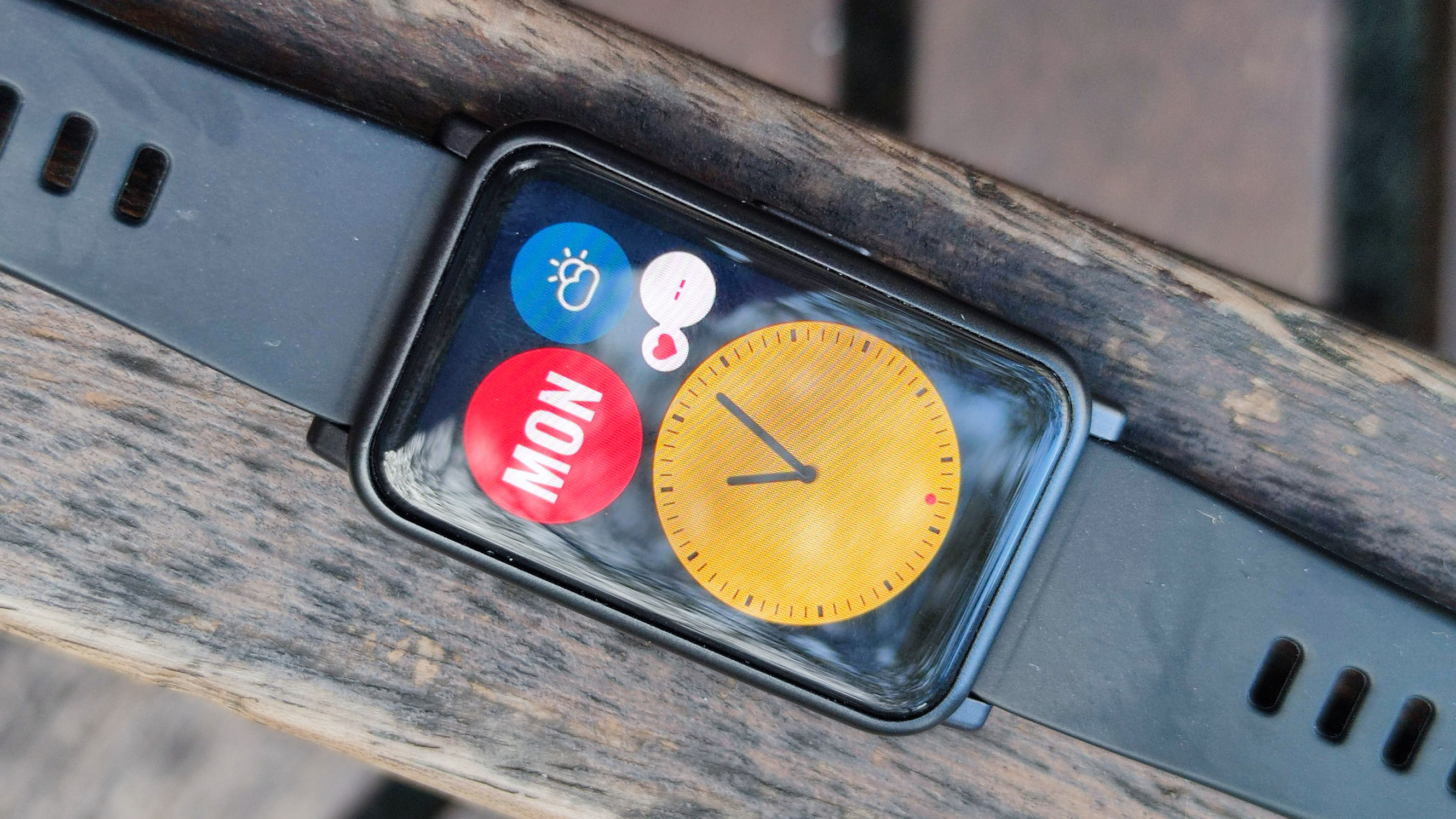
Release date and price
Design and display
Performance and software
Fitness
Battery life
Verdict
But back to the Honor Watch ES. It’s a wearable that brings loads of in-depth fitness and workout modes to a price point that doesn’t always see this kind of feature set, dramatically undercutting many dedicated exercise watches.
Previous Honor watches have had in-depth fitness-tracking modes, with metrics like heart rate zones, cadence and pace measured alongside common ones such as time and distance, but the Honor Watch ES has its own special tricks too. New to the watch (and the Huawei equivalent) is a suite of 12 ‘Fitness courses’, guided exercises in which a digital personal assistant walks you through a range of workouts.
Between these Fitness courses, the 95 fitness-tracking modes, and the plethora of ambient health tracking modes like stress, heart rate and sleep, the Honor Watch ES is great at helping you to monitor and maintain your health. In conjunction with the Huawei Health app, you can see lots of historic data and additional stats about your health.
While the Honor Watch ES is great for fitness, it’s perhaps not as useful for communication. You can see, but not respond to, notifications, and there are no third-party apps for texting or sending messages on any of the popular services.
There are a few lifestyle features, like weather info, music control and various stopwatch and timer modes – there are no glaring omissions, but don’t expect the same selection of apps or features that you’d get on an Apple Watch or Wear OS device.
We’d call the Honor Watch ES more a premium fitness tracker than a smartwatch, as its real strengths are all in the wellness department, and for people looking for a great health device it’s a steal.
Honor Watch ES price and availability
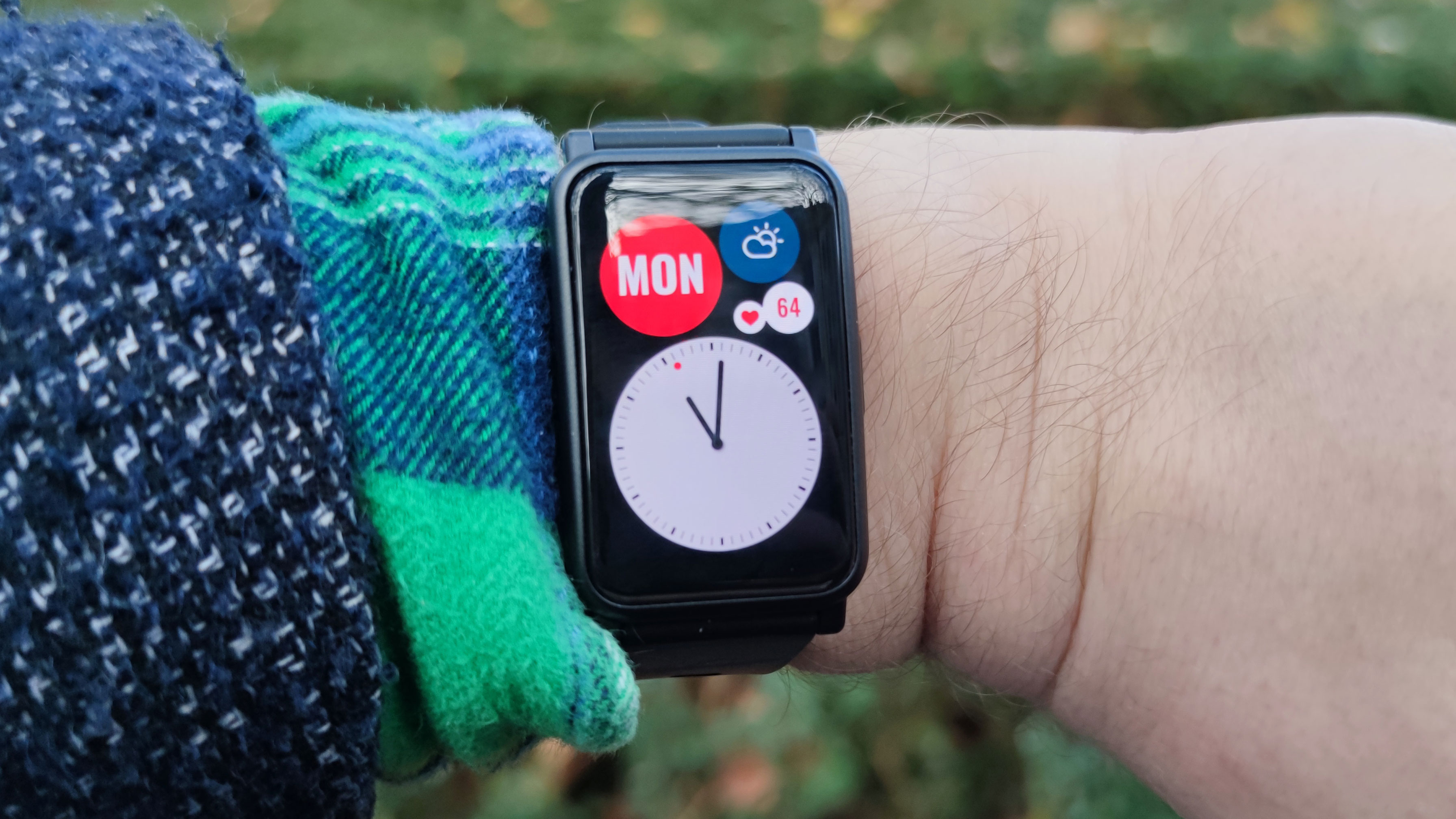
The Honor Watch ES was launched at IFA 2020 in August, alongside the Honor Watch GS Pro, and went on sale soon after. You can pick it up for £99.99 (that’s roughly $130, AU$175, although Honor doesn’t sell its wearables outside Europe), which is an impressively low price for such a device.
For some context, the Fitbit Charge 4, one of the Watch ES’ biggest competitors, costs $149.95 / £129.99 / AU$229.9. The Garmin Vivosmart 4 is also a competitor at $129.99 / £119.99 / AU$199, though that’s more of a ‘standard’ fitness tracker with fewer features.
You can pick up the Honor Watch ES from Honor’s website, where the company currently offers you a choice of gifts to go alongside it. Ignore the ‘discounted’ price on the site, though – this device has always been £99.99.
Design and display
The Honor Watch ES consists of a body and straps. The straps are rather long, with plenty of holes so it’s easy to find a comfortable fit, and made of a breathable material. There’s only one loop for securing the excess strap though, and two would have felt more appropriate for such a long strap.
The body of the watch is an elongated rectangle that’s not much wider than the strap, and which covers much of the top of your wrist. We find its appearance a little utilitarian, which isn’t necessarily a bad thing for a fitness-focused device, but Honor is presenting it as a ‘Fitness Fashion Watch’, which we can’t quite agree with.
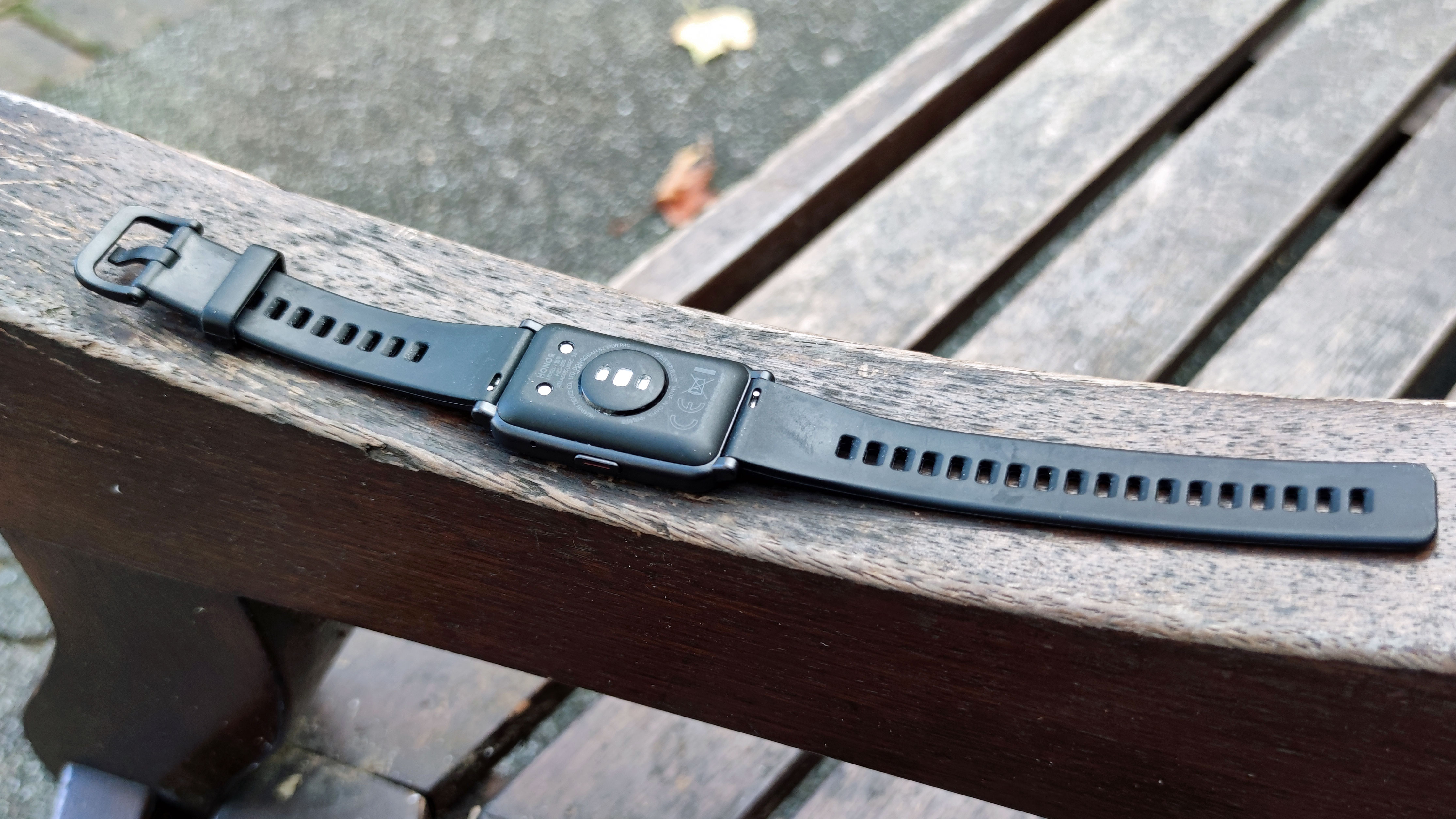
There’s a button on the right edge of the body; it doesn’t stick out much, and we found it a little hard to press easily because of this, but you don’t have to use it very often because of the way the watch operating system is designed.
On the back of the watch body are a magnetic charging pin – more on this later – and a heart rate monitor.
The Honor Watch ES is fairly lightweight at just 21g, which is less than your average smartwatch and about what your average fitness tracker weighs. We found the device fairly easy to forget about when it was on our wrist, mainly thanks to its light build, but now and then it got caught on our sleeve thanks to its long body.
The Honor Watch ES screen has a 456 x 280 resolution and measures 1.64 inches diagonally. The display uses AMOLED tech to make colors look punchy, which is useful as it makes it easier to distinguish different colors, and therefore read stats, at a glance, and it also makes custom watch faces look good.
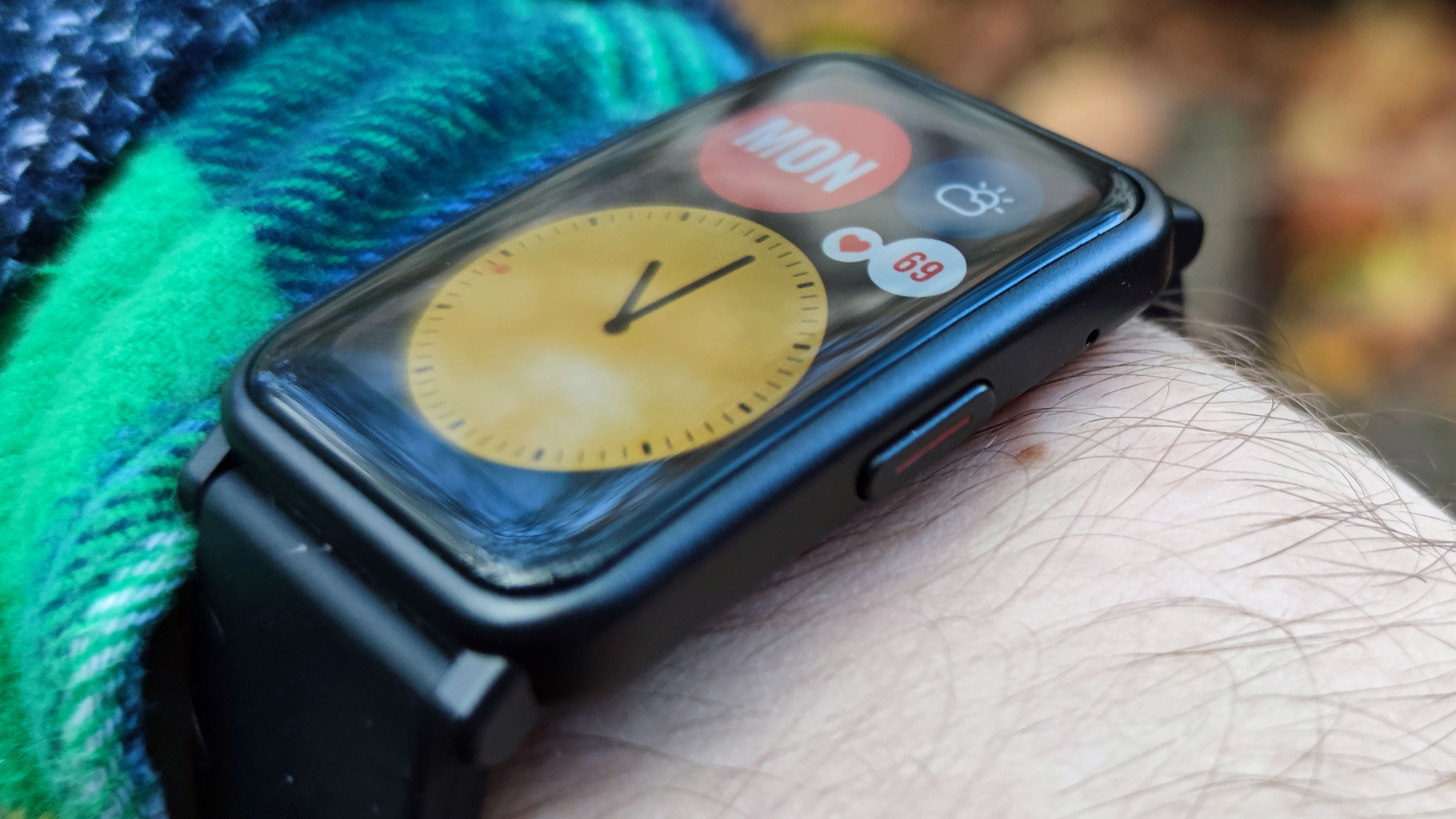
Thanks to the minimal physical bezel, which didn’t stick up above the display, we found it easy to swipe in from the sides of the screen, and in general the display felt very responsive to our touch. You can enable an always-on display if you like, but we found this radically reduced the battery life of the watch, so decided against it after a brief period of use.
One minor issue with the display is that it doesn’t take up all the front of the watch body – there’s a fairly prominent black screen bezel around it, especially underneath. This doesn’t get in the way of using it at all, but most will agree that a higher screen-to-body ratio looks better (and means the body can be smaller for a given screen size).
Performance and software
The Honor Watch ES runs LiteOS, Huawei’s smartwatch-centric operating system. This comes with plenty of fitness and health features, but not too many lifestyle apps beyond that (no music, messaging or third-party fitness apps, for example), and there’s no way of downloading extra apps either.
Let’s start with the negatives to LiteOS. Notification handling isn’t great, as you can view, but not respond to, alerts from your phone on your watch. You can choose which apps you get notifications from, and we noticed some notifications were sent to the watch multiple times; and once we enabled notifications for Spotify, every time we paused a song we got an alert on the watch simply telling us the artist name. These bugs didn’t get in the way too much though.
Communications aside, LiteOS is a pretty standard smartwatch operating system. It includes a few helpful features, like weather reports, a music player (which linked to Spotify on our phone and worked pretty well), timers and the ability to set alarms.
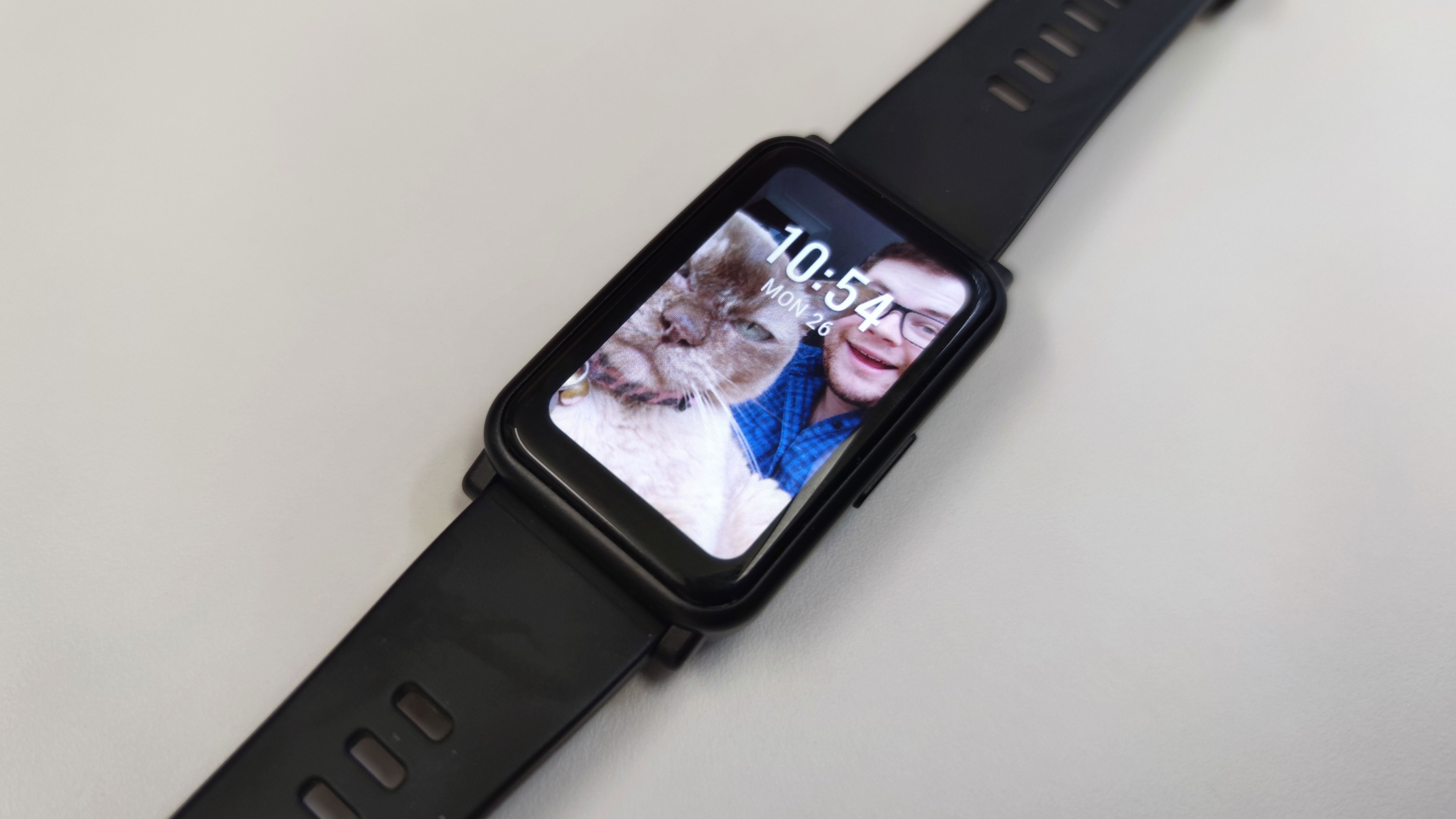
You can also set your own watch faces from the Huawei Health app, and you can include your own photos if you want, which we always appreciate on a smartwatch. You can also add multiple photos for a ‘watch face slideshow’ as we like to call it, so every time you tap the screen the background changes – it’s hardly a game-changing feature, but we like it.
Much of LiteOS is built around health features – swipe right from the main watch face and you’ll see a heart rate chart, then a stress chart, then weather, the music player and Apple Watch-style fitness rings counting your steps, active minutes and active hours. Head into the menu and you’ll see workout, workout records, heart rate, Sp02, activity records, sleep, and stress and breathing exercise options listed, before the features also accessible through the watch face – this is definitely tech for the health-minded.
We’ll get into the reliability of these stats in the Fitness section below, but we did find the fact that many of them are baked into the operating system to be useful – we could easily see how stressed the watch thought we were, check if our heart rate was elevated, and more.
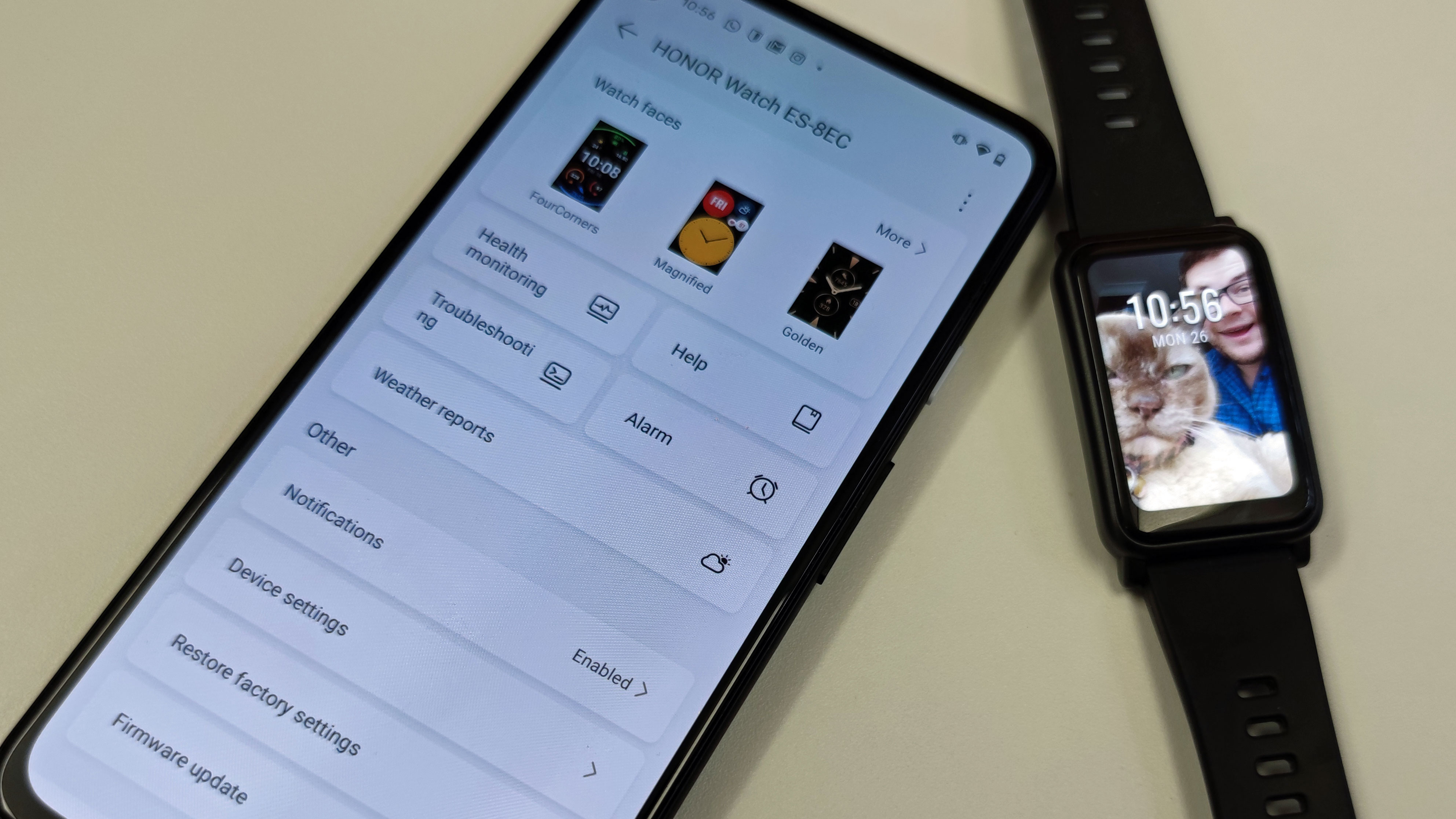
The Huawei Health app, which you use to set up the watch, is pretty useful here too, and if you delve into it you can see lots of stats in greater detail. For example, sleep tracking breaks down the different types of sleep (REM, deep sleep, etc) and compares it to expected and healthy averages – you can also compare these metrics for different nights over a week, a month or even a year.
One small issue we had regarding phone pairing is that, when we strayed too far from our mobile, the watch disconnected and we had to manually reconnect it; this happened pretty frequently, and it’s a nuisance that it didn’t automatically re-pair.
Fitness
The Honor Watch ES is built around its fitness tracking, and as with the Honor Magic Watch 2 before it we’re really impressed by what’s on offer here – and we expect most users will be, unless they’re used to top-end dedicated exercise watches.
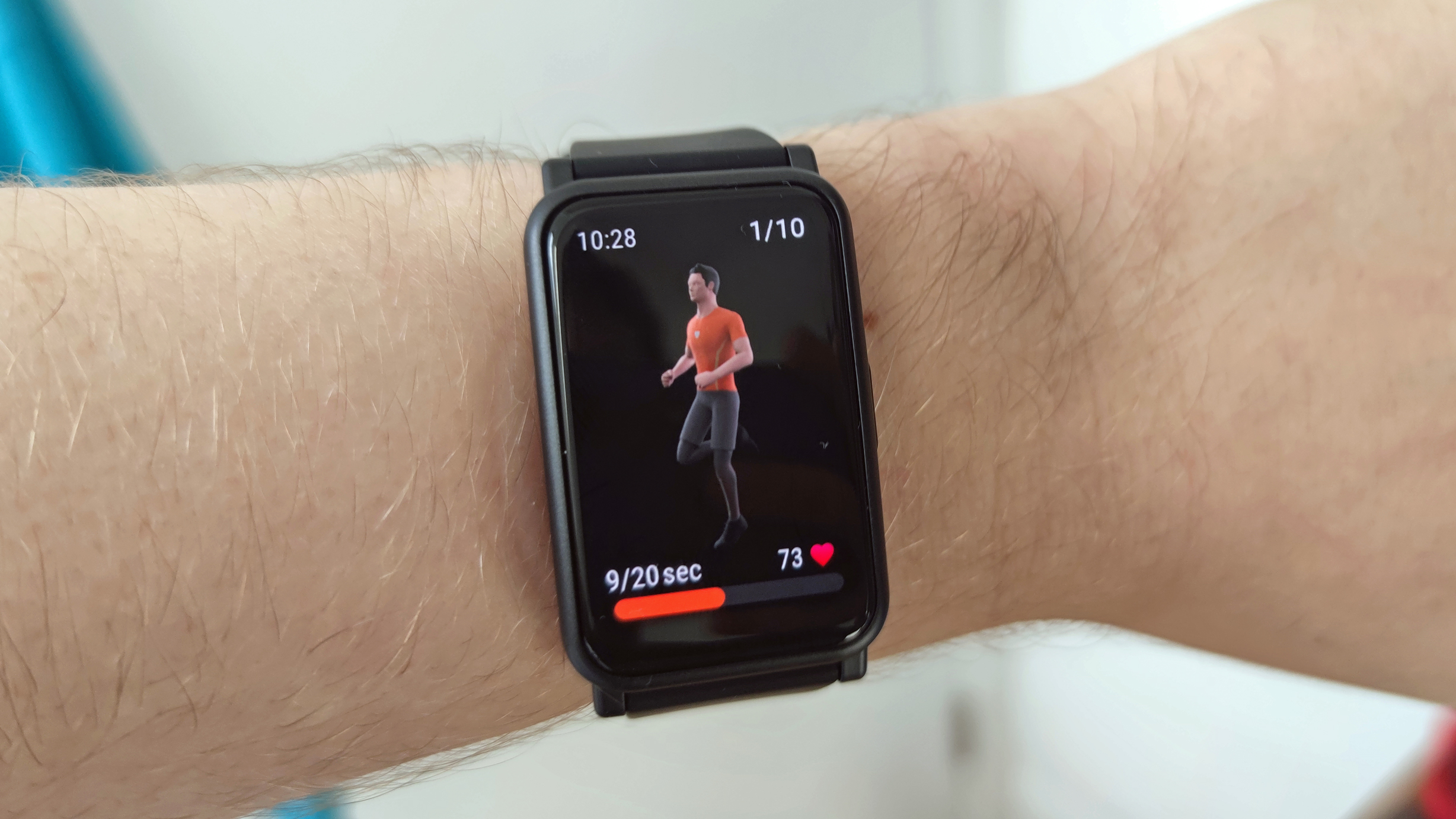
The highlight here is the new Fitness courses feature – there are 12 guided workouts, with your guide being a digital personal assistant that shows you moves and counts you through reps. The exercises range from simple ones like Neck & Shoulder Relaxation, which is three minutes of neck stretches, to more intense sessions like ‘Ab Ripper’, 15 minutes of challenging core exercises.
We quickly grew to like the Fitness courses – they’re pretty easy to follow, and their short length encourages you to do them when you can. A few of the courses quickly became integrated into our weekly workout routines. Fitness courses are available on the Huawei Watch Fit too, but those are the only devices, and we’re not aware of any competitors offering similar services, and we’re going to miss this mode when we start reviewing a different watch.
Beyond the Fitness courses, there are 95 different exercise modes, ranging from Outdoor run and Indoor cycle to niche options like Free sparring and Jazz dance, and some really niche ones, like Parachuting. There’s a huge list here, enough almost to rival the Google Fit app available on Wear OS devices, and while we weren’t able to test every single one (the opportunity to go parachuting sadly didn’t present itself while we were testing the watch), we found the ‘standard’ tracking modes worked really well.
On an outdoor run, for example, as well as counting distance, timing and calories, the watch also tracks various speed and pace metrics, steps and cadence, and heart rate and heart rate zones, and these stats are combined to give you a really detailed breakdown of your run.
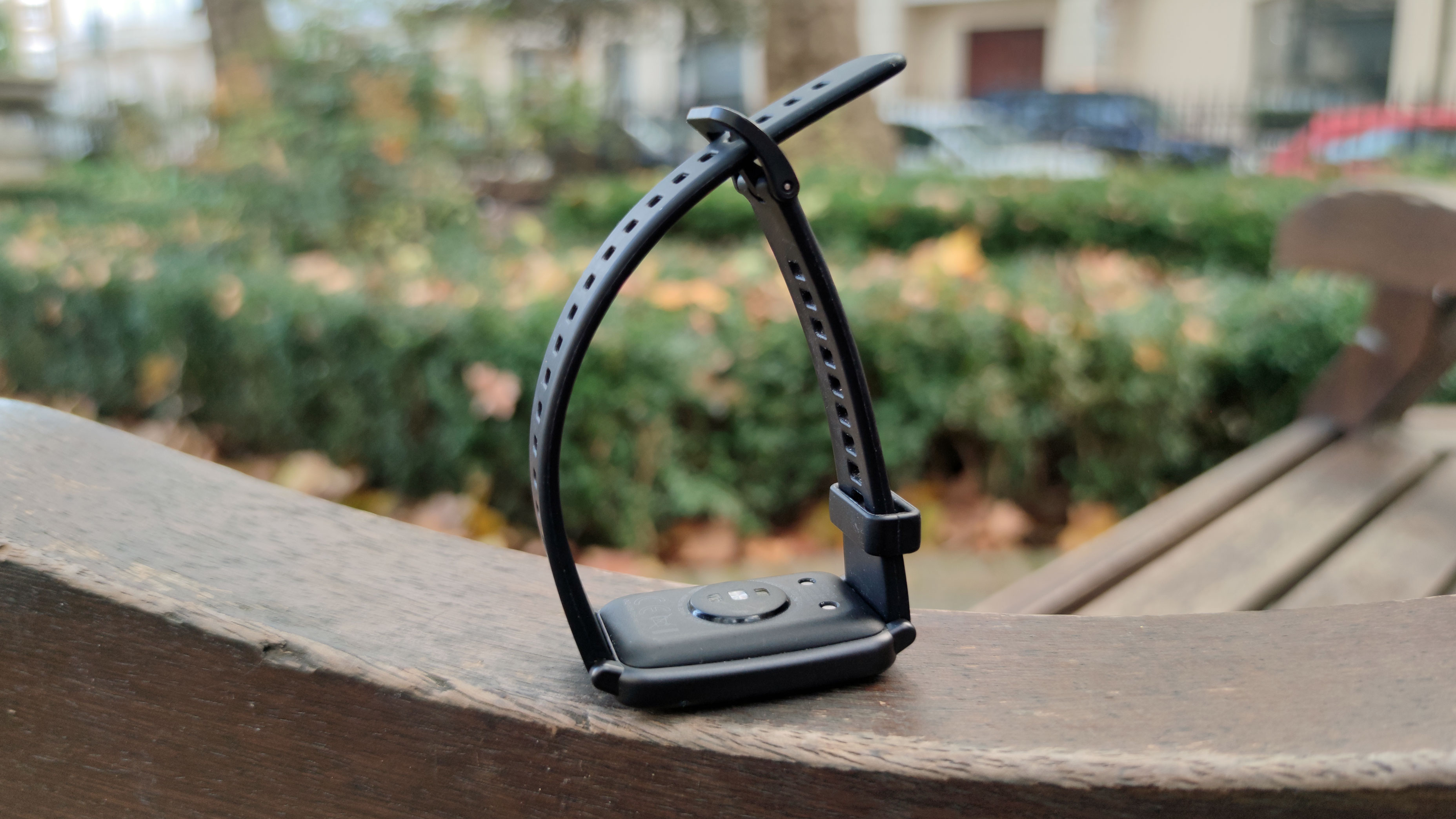
There’s connected GPS in the Honor Watch ES, so when the device is paired with your phone it can chart your location, although we’re not totally sure why – neither on the watch nor the app is there a way to view a map of a workout, and it doesn’t seem to help with distance measurements either, as when we went on a run without our phone, the distance calculated was still accurate.
Most of the metrics charted by the Honor Watch ES during a workout felt accurate, and this was also the case for ambient heart rate, sleep and stress tracking – sure, it’s not a professional-grade device, so it won’t be totally accurate all the time, but compared to most other consumer wearables, we had no complaints.
Some people might have issues with the stress-tracking mode though. To enable this, you have to answer some rather personal questions, in the app, about your worldview and mental health. Given the well-publicized security concerns regarding how Huawei handles users’ data, some may be hesitant to bare their soul and share information about their emotional wellbeing with the company.
Battery life
Honor says the Watch ES should last 10 days on a full charge, and that’s certainly possible if you only use the watch lightly, but in our experience, eight days would be a better estimate for battery life.
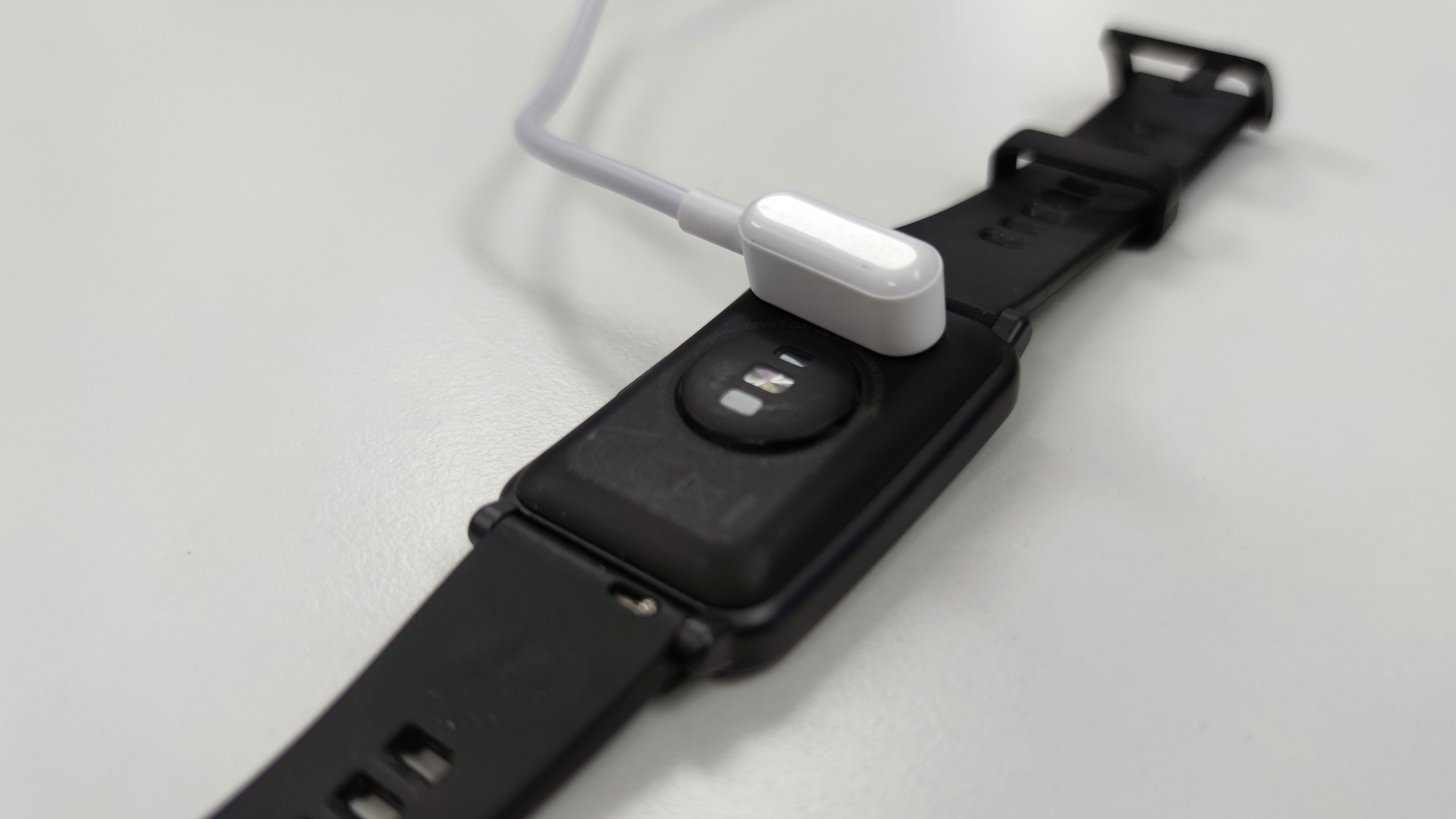
That estimate includes a daily 15-minute exercise course, a half-hour run once or twice a week, and constant sleep tracking, heart rate monitoring, notification handling and the like. If you do fewer workouts, or don’t use the constant tracking modes very much, we can see 10 days being a feasible figure though.
Eight days, ten days – we’re splitting hairs, because either way the Honor Watch ES battery life is great. Given that many smartwatches only last a day, and many fitness trackers don’t make it through a week, we were happy to find this watch lasted such a long time.
There’s an important caveat here though: it’ll last a long time as long as you don’t turn on the always-on display. Doing this slashes the battery life in half, so we’d only recommend using it if you don’t mind charging the watch frequently, and/or you really need the always-on display – and since raise-to-wake is present on the watch we found we were able to manage perfectly well without it.
Charging is via a small dock which magnetically connects to the back of the watch’s body. It takes just under two hours to fully charge the watch from empty, so it’s not exactly snappy – but then you won’t be charging it that often, so it’s not much of a chore.
Should I buy the Honor Watch ES?
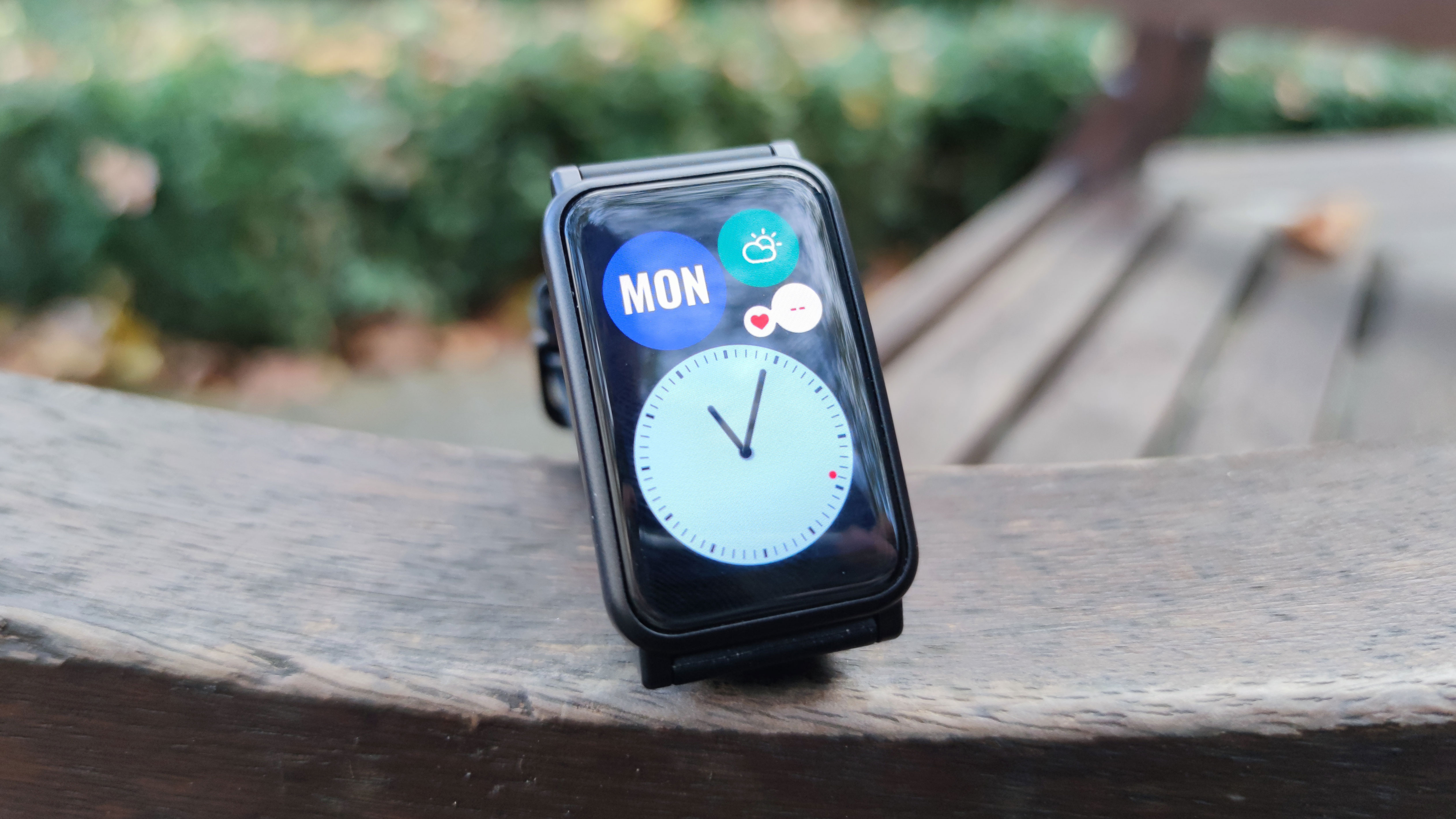
Buy it if...
You want your own personal trainer
The Fitness course mode on the Honor Watch ES can guide you through a variety of workouts, and they’re great for keeping you motivated and encouraging regular use.
You want to get fitter
The range of fitness modes, and tracked metrics, on the Honor Watch ES makes it a great choice for people who exercise frequently, and want detailed feedback about their workouts.
You want an affordable device
Compared to most smartwatches, and even some fitness trackers, the Honor Watch ES is an affordable device, so if you’re on a budget it’s a great choice.
Don't buy it if...
You want a fashionable watch
We didn’t find the Honor Watch ES particularly good looking; there are other similar devices which look a little less plain, although of course it’s down to personal taste.
You need map information
If you like to get map feedback when you’ve been out exercising, the Honor Watch ES won’t help you with that – there’s only connected GPS too, so you’d need to have your watch with you anyway.
You want to reply to messages from your wrist
You can’t respond to messages or notifications when they pop up on your watch, so if having this facility on your watch is important you’ll want to look elsewhere.
First reviewed October 2020

Tom Bedford joined TechRadar in early 2019 as a staff writer, and left the team as deputy phones editor in late 2022 to work for entertainment site (and TR sister-site) What To Watch. He continues to contribute on a freelance basis for several sections including phones, audio and fitness.
